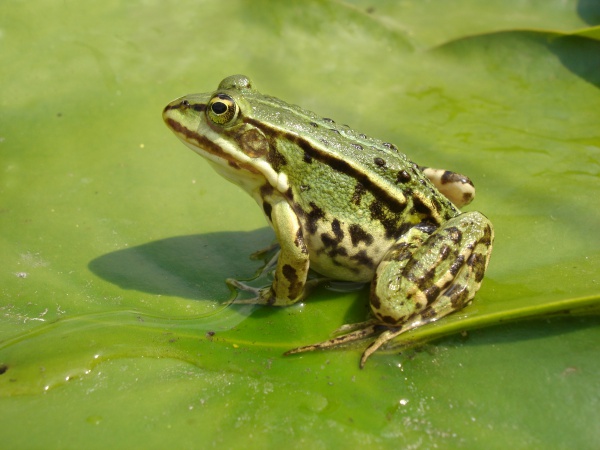Facts About Edible frog
The edible frog, also known as the common water frog or green frog, is a familiar sight across Europe and is especially popular in France for dishes like frog legs. Female frogs typically measure between 5 to 9 cm, while males are slightly larger, ranging from 6 to 11 cm.
These frogs are native to Europe, with their habitat stretching from the northern half of France to western Russia, and from Estonia and Denmark down to Bulgaria and northern Italy. They've also been introduced to Spain and the UK. Their natural range closely matches that of another frog species, P. lessonae.
A fascinating aspect of these frogs is their unique form of reproduction, known as hybridogenesis. The edible frog, scientifically named Pelophylax kl. esculentus, is a fertile hybrid of the pool frog (Pelophylax lessonae) and the marsh frog (Pelophylax ridibundus). In hybridogenesis, hybrids exclude one parent's genome during the creation of reproductive cells. To continue their lineage, these hybrids typically mate with one of the original parent species present in their vicinity.
In a system referred to as the L–E system, edible frogs (RE) produce reproductive cells of the marsh frog (R) and mate with pool frogs (L gametes). This process necessitates another species for reproduction, earning them the term "klepton" which is the reason "kl." is included in their scientific name.
There are also all-hybrid populations where both diploid hybrids (LR) and triploid hybrids (LLR or LRR) coexist. In these populations, diploid hybrids can produce both haploid and diploid reproductive cells, which are necessary to create triploids, ensuring the continuation of their unique genetic line.

 Slovakia
Slovakia